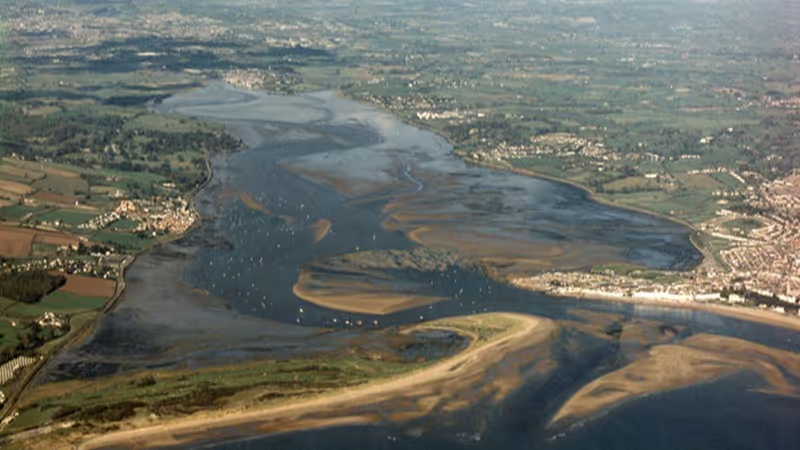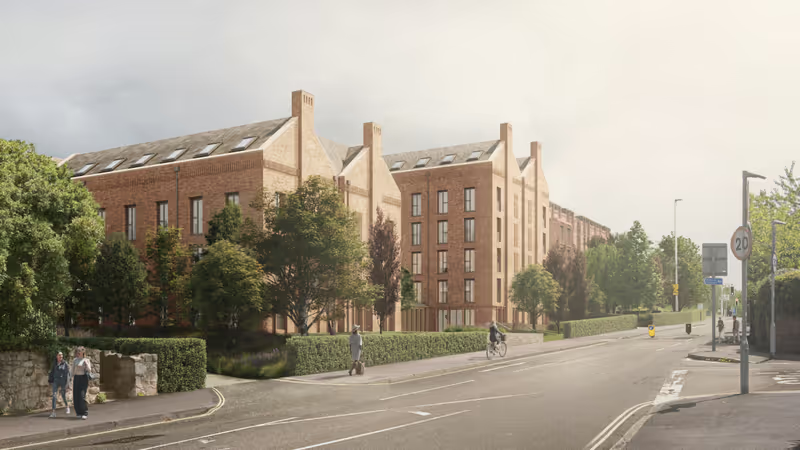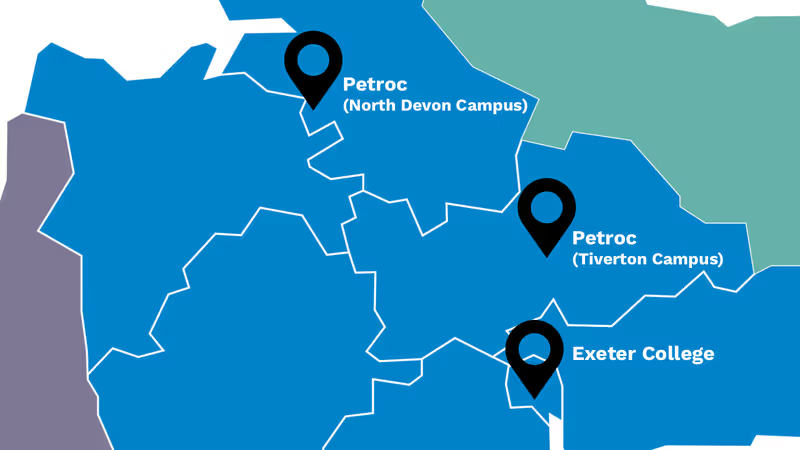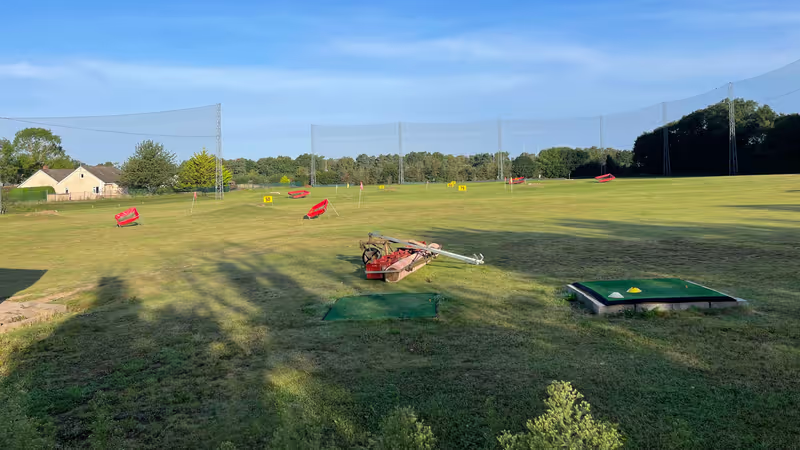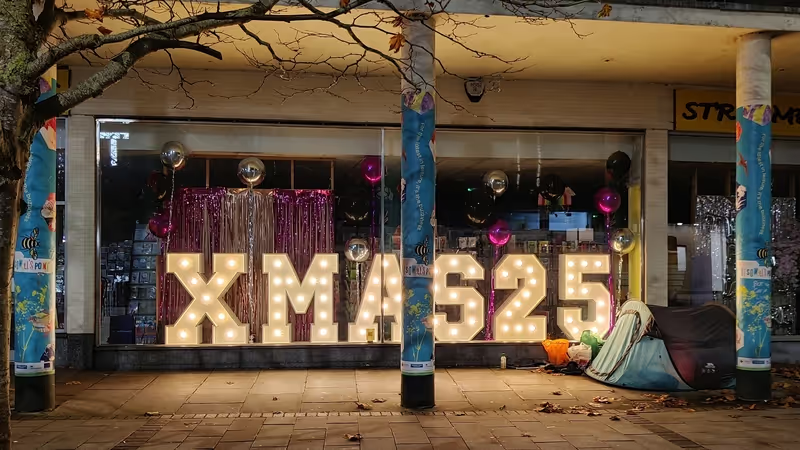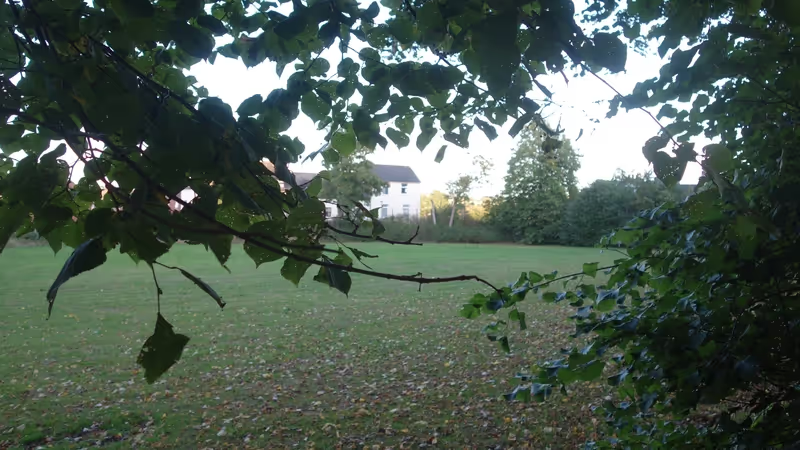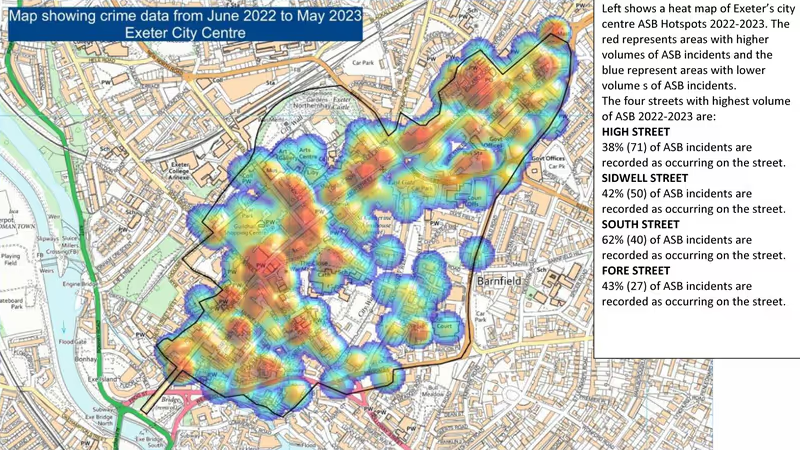Long before the last ballot box from Exeter’s local elections has been counted next week, councillors old and new from all across the political spectrum will be speculating on who will serve on which of the council’s committees during the following year.
Beyond the proportional allocation of committee seats to each party, the process by which members are allocated their responsibilities is shrouded in mystery. It is up to each party (or party leader) to decide who goes where, with appointments announced at the council’s annual meeting, to be held on 17 May this year.
Some councillors end up with heavier workloads than others. Executive members have to attend not only a dozen executive meetings each year and eight or so full council meetings but also as many as eight scrutiny committees meetings, where the portfolio for which each is responsible is examined.
Some Exeter City Council executive members also sit on the council’s planning committee, despite national guidance, which also meets regularly.
 Exeter Guildhall - centre of the city’s civic government for 600 years
Exeter Guildhall - centre of the city’s civic government for 600 years
The council’s committee meetings are the key means by which its business is conducted, in conjunction with meetings of the full council itself, although not all meet in public or report their proceedings, or even their decisions.
Some councillors make significant contributions to bodies – such as the Planning Member Working Group and the Council Housing and Development Advisory Board – that are not open to public scrutiny.
Casework on behalf of constituents is another important activity on which councillors may spend significant time.
Nevertheless it is at public meetings that council decisions are taken, at least formally, so it is essential to the council’s democratic legitimacy that our elected representatives participate in them.
Attendance at public council meetings is therefore an important measure of councillor commitment to their electors, alongside their less public activities.
 Exeter City Council in session at Exeter Guildhall. Photo: © Sandra Barrett, All Rights Reserved.
Exeter City Council in session at Exeter Guildhall. Photo: © Sandra Barrett, All Rights Reserved.
Exeter City Council publishes retrospective meeting attendance records for those of its committees which do report their proceedings. These show how many meetings councillors were expected to attend and how many of those they did attend.
As part of our 2022 Exeter local elections coverage we have examined the attendance figures for public council meetings held between 6 May 2021 and 21 April 2022.
The results divided councillors into two groups. The first included councillors who intended to participate in seventeen or more meetings and attended 70% or more of them. These are the majority.
This group included some less experienced councillors who were appointed to fewer committees and so had fewer opportunities to participate but who attended frequently.
Some have 100% attendance records and are clearly making a significant contribution to the council’s public business.
The second group included councillors who either only intended to participate in sixteen or fewer meetings (half as many as Keith Sparkes) or who attended less than 70% of those meetings.
Among these, Jane Begley’s attendance fell sharply in the second half of her four year term. Although she is standing for re-election next week she has given up her relatively safe Pennsylvania ward seat, in which Labour increased its vote share by 13% in 2021, to contest the ballot in St Loye’s ward, a relatively safe Conservative seat.
Labour’s Luke Sills stood down from his role as chair of the council’s strategic scrutiny committee in September last year to focus on his work commitments and his attendance rate fell sharply after that. He is not seeking re-election in St David’s ward next week.
And both Conservative group leader Andrew Leadbetter and deputy leader Rob Newby are much less engaged than their party colleagues: the latter has the second lowest attendance rate of any councillor.
Andrew Leadbetter’s low participation levels may at least be partly explained by his dual membership of both the city and county councils. And he is a member of the ruling cabinet at County Hall with responsibility for children’s services and schools.
Dual membership does not, however, deter Labour’s Rob Hannaford from aiming at high attendance levels. And at County Hall he leads the Labour group.
Hannah Packham has exceptionally only been expected to attend meetings of the full council: she missed two of those ten.
Other than Trish Oliver, who as Lord Mayor does not sit on committees by convention, no other councillor has limited their participation in public meetings to such an extent.
Unlike other Labour councillors with low attendance levels, Hannah Packham is not standing down and apparently intends to carry on for her full term ending in May 2023.
She did not respond to the questions we asked about her remaining a councillor while attending no more than the minimum number of meetings. We note that she nevertheless finds time to act as chair of the Exeter constituency Labour party.
Exeter Labour has form on the matter of low-participation councillors. Voters in the St David’s ward may remember the saga of Lewis Keen, who was elected for a three year term in 2016 when still a student at the University of Exeter.
He moved to London to take up a job on completing his studies in 2018, returning only to attend just enough full council meetings to avoid disqualification.
And Labour’s Robert Lamb, also representing St David’s ward, was absent without submitting apologies from thirteen of seventeen meetings at which he was expected in 2020-21 following an attendance record of 39% the previous year.
He was disqualified from the city council just before last year’s local elections were held.
We omitted Alys Martin (LAB), Chris Buswell (LAB) and Ollie Pearson (LAB) from our analysis, all of whom recently resigned rather than continue their full terms to May 2023.
Alys Martin resigned on 16 March 2022 and Chris Buswell and Ollie Pearson simultaneously followed two days later.
None had attended more than half of the meetings at which they were expected this year. Ollie Pearson only attended three of the fourteen meetings in which he was expected to participate.
We have also omitted the late Ian Quance (LAB), Deputy Lord Mayor, and father of Alys Martin.
NOTES:
- Attendance at meetings by councillors in a capacity other than as committee members has not been included when calculating attendance rates.
- Absences due to ill-health or other personal or domestic circumstances have not been taken into account as they are not identified in the council’s attendance statistics.
- Council meetings held during school holidays may disadvantage councillors with children.
